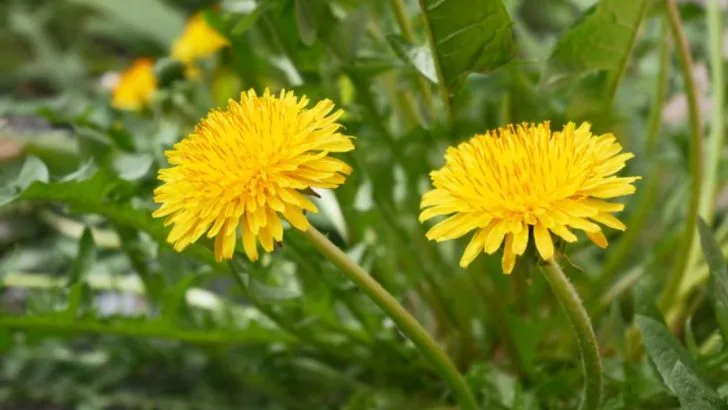Weeds usually get a bad rap—but not all of them are villains in the garden. In fact, some of the most common weeds are quietly doing important work: protecting your soil, improving structure, and even drawing up nutrients from deep below the surface.
Instead of rushing to rip them out, it’s worth taking a closer look. Many weeds act as natural cover crops, shielding bare ground from erosion, breaking up compacted soil, and signaling underlying issues like low fertility or poor drainage.
In this article, you’ll meet 10 surprisingly beneficial weeds that could be working for your garden—not against it. Learn how to recognize their value, manage them wisely, and let nature help build a healthier, more resilient soil ecosystem.
Dandelion
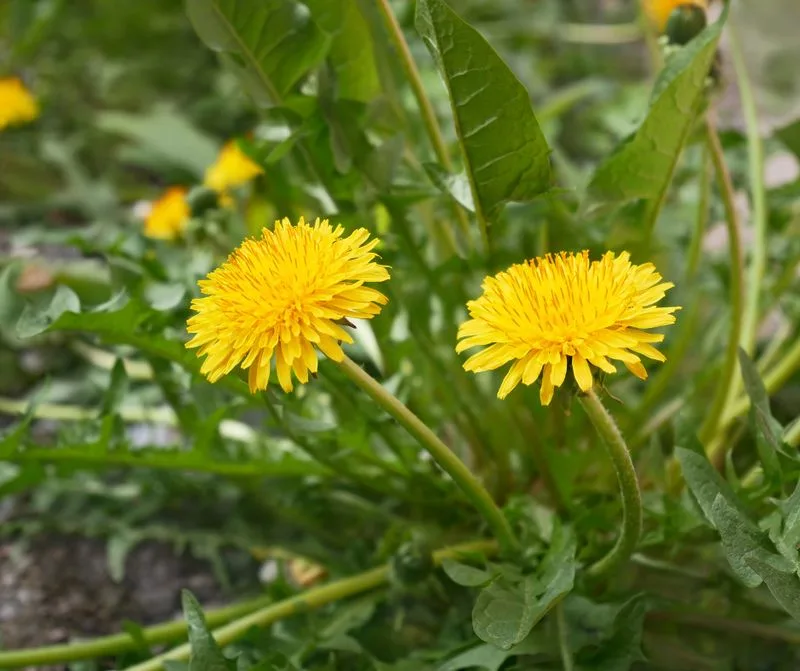
Known for their bright yellow flowers and fluffy seed heads, dandelions do more than just decorate lawns. With deep taproots, they help break up compacted soil, allowing water and nutrients to reach deeper layers. As they decompose, they return valuable nutrients to the soil, enriching it for other plants. Dandelions also attract pollinators, supporting a thriving garden ecosystem. Despite their reputation as a pesky weed, they play a significant role in maintaining soil health. Next time you see a dandelion, consider its hidden benefits before removing it.
Clover
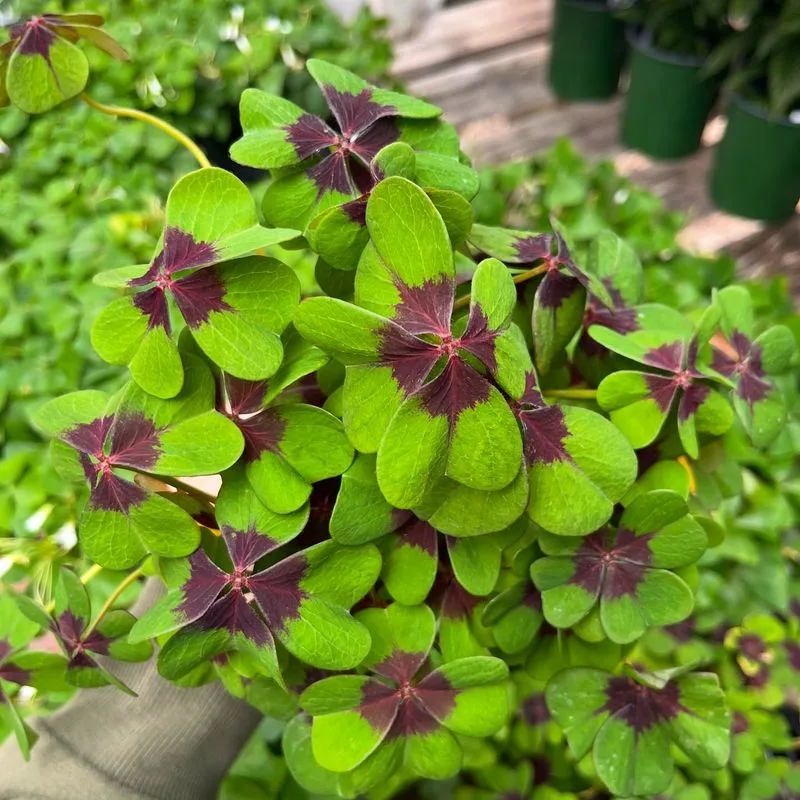
Recognizable by their trifoliate leaves, clovers are masters at fixing nitrogen in the soil. This process enriches the ground, reducing the need for synthetic fertilizers. Clover-covered areas tend to have healthier, more fertile soil. Their roots help prevent erosion, making them an asset to any garden. Clover also offers biodiversity benefits by attracting beneficial insects. Embracing clover in your garden can lead to healthier soil and a more balanced ecosystem. Its ability to enrich the soil naturally makes it a valued ally.
Chickweed

Chickweed may seem unassuming, but it’s a powerhouse of nutrients. It accumulates minerals like potassium and phosphorus, which become available to other plants as it decomposes. Its dense growth habit helps suppress other weeds, reducing garden competition. Chickweed also provides forage for wildlife, adding to the garden’s biodiversity. While often pulled out, leaving some chickweed can actually contribute positively to soil health. Its presence in the garden can signify rich, fertile soil conditions.
Lamb’s Quarters
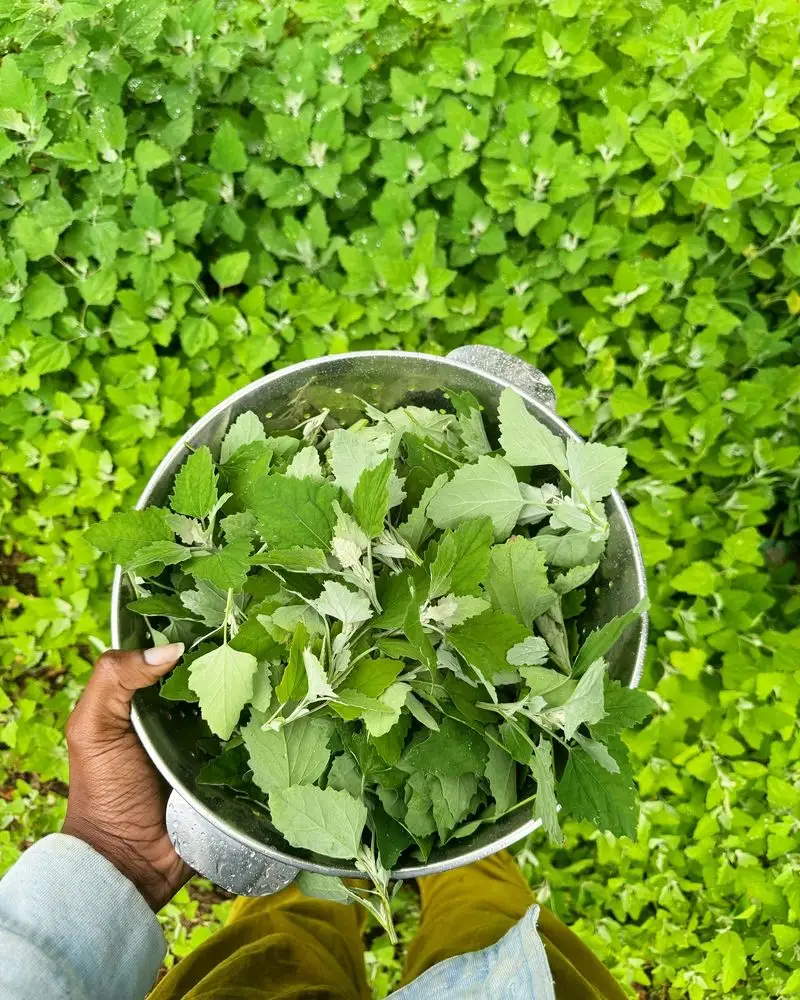
Lamb’s quarters are more than just a wild green; they act as dynamic soil improvers. These plants are adept at extracting nutrients from deep within the soil, making them available to other plants. As a member of the spinach family, they are also edible and nutritious. Their presence indicates fertile soil and they can assist in improving soil structure. Lamb’s quarters are often unwelcome, but their benefits to soil health are undeniable. They can be an unexpected boon to the garden.
Yarrow
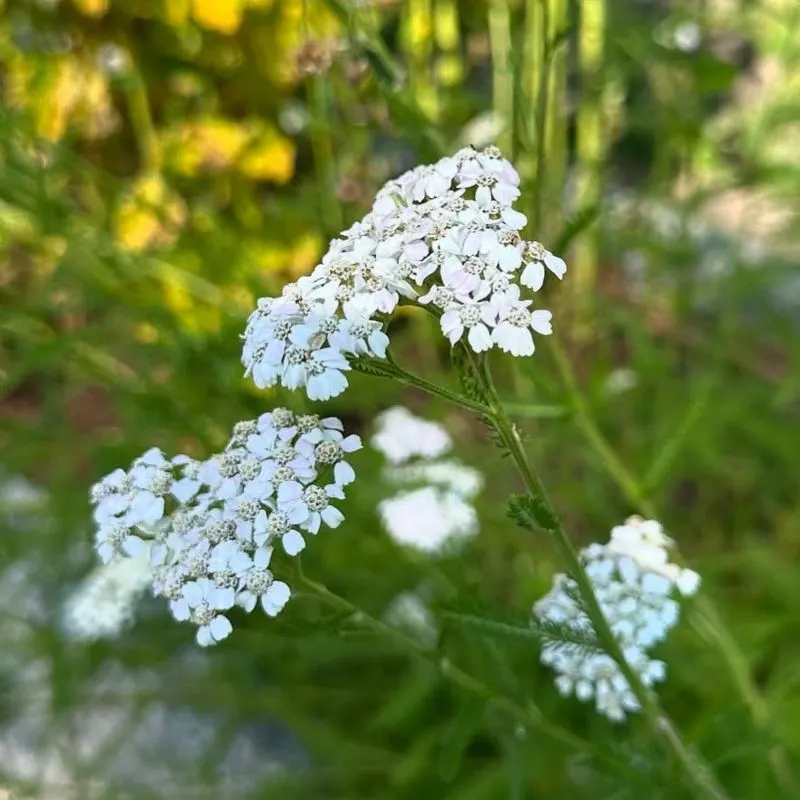
Yarrow’s finely divided leaves and flat-topped flowers are a common sight in meadows. Known for its ability to accumulate nutrients, yarrow enhances the nutrient content of the soil as it decays. It also attracts beneficial insects, creating a more balanced ecosystem. Its roots help improve soil structure, promoting better water retention. Yarrow can be a valuable addition to any garden, offering both ecological and aesthetic benefits. Its presence is a sign of healthy, thriving soil conditions.
Purslane
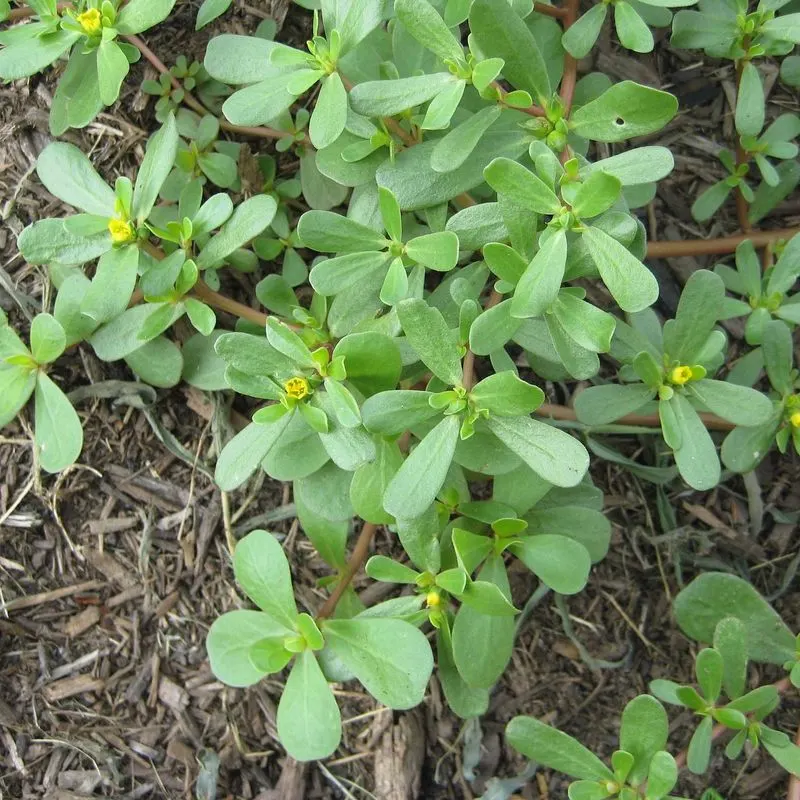
Purslane, with its fleshy leaves, might be overlooked as a weed, yet it plays a crucial role in protecting soil. Its succulent nature allows it to thrive in dry conditions, preventing soil erosion. Purslane is rich in omega-3 fatty acids, and as it breaks down, it enriches the soil with nutrients. Its rapid growth can outcompete more harmful weeds, making it a natural ground cover. Purslane’s resilience is a boon to gardeners seeking sustainable options. Its benefits extend beyond just ground coverage.
Plantain

Characterized by its broad leaves, plantain is a common sight in disturbed soils. It acts as a natural soil conditioner, aerating compacted areas with its fibrous roots. Plantain also accumulates nutrients, which can be released back into the soil when it decomposes. This process supports the growth of surrounding plants. Its ability to adapt to various conditions makes it a helpful ally in soil restoration. Often overlooked, plantain adds hidden value to the garden’s ecosystem.
Bindweed
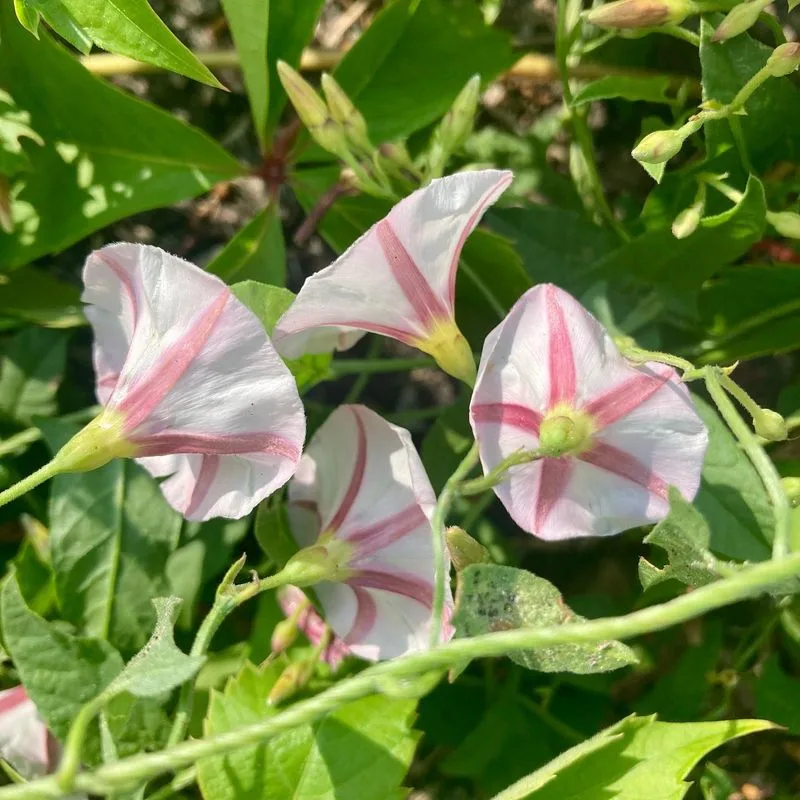
Though sometimes seen as a troublesome invader, bindweed has its own perks. Its extensive root system helps break up compacted soil, enhancing drainage. Bindweed also stabilizes soil, reducing erosion risks. It can be challenging to eradicate, but its presence indicates an ability to thrive in poor soil conditions. Bindweed’s tenacity can serve as a reminder of nature’s resilience. While managing its growth is important, recognizing its soil benefits is equally valuable.
Nettle
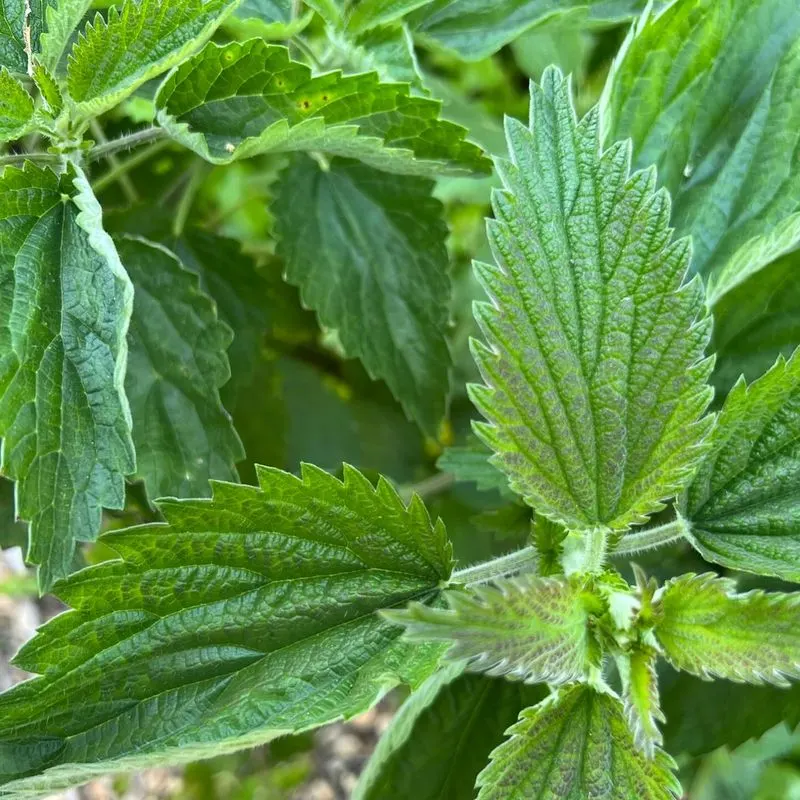
Stinging nettles may deter with their prickly nature, yet they are a boon for soil health. Nettles are rich in minerals like iron and magnesium, which they release into the soil as they decompose. Their presence can improve soil fertility and they often indicate high soil quality. Additionally, nettles attract beneficial insects and can be used to make a nourishing plant tea. Their resilience and benefits make them a valuable, if sometimes unwelcome, garden inhabitant.
Thistle
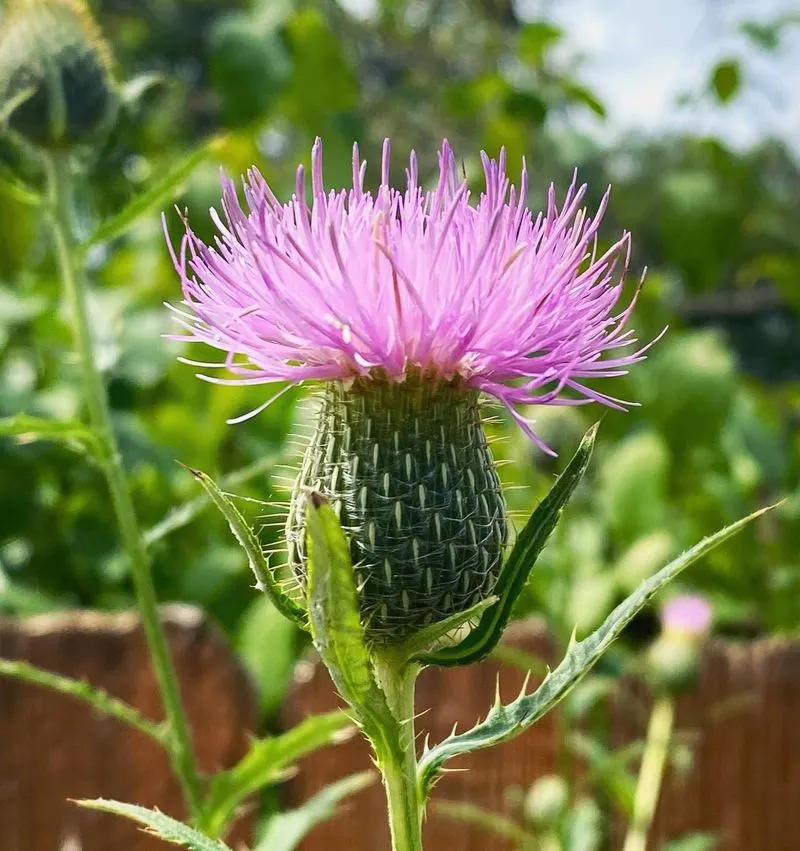
Thistles, with their spiky appearance, are often misunderstood. They are deep-rooted plants that help improve soil structure by breaking up hard layers. This allows for better water infiltration and aeration. Thistles can also indicate nutrient-rich soil, as they thrive in fertile conditions. Despite their prickly demeanor, they play a crucial role in maintaining a healthy garden ecosystem. Their ability to improve soil and support pollinators makes them more than just a weed.

